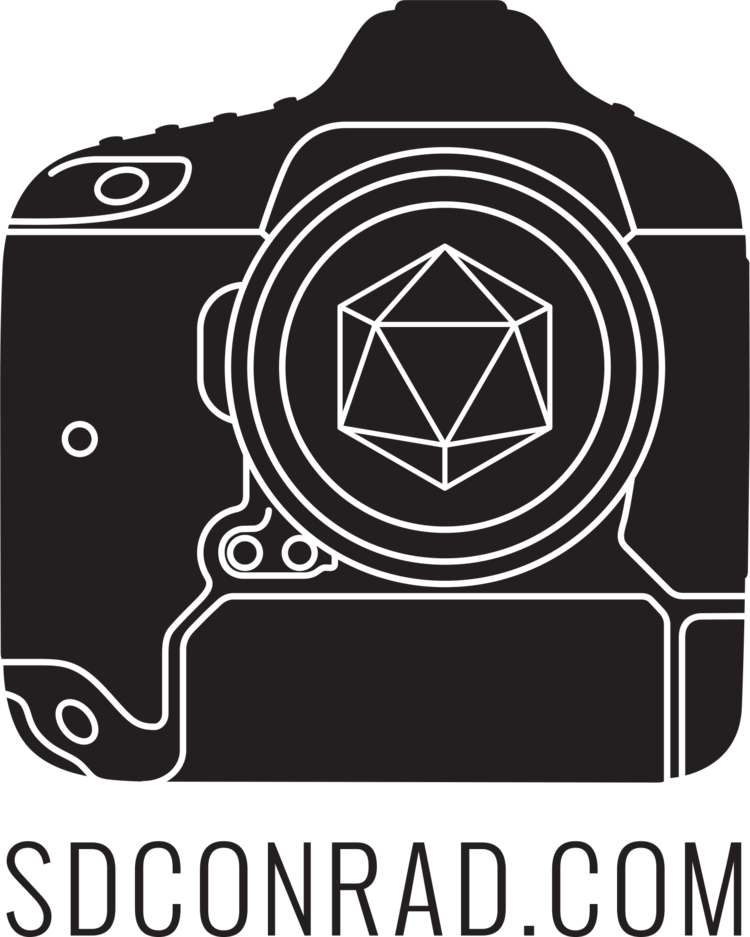Tabletop role-playing games have a number of gateways for new players to pass through. First is the complicated rule-set that they are responsible for. Obviously, unlike computer games, tabletop RPGs rely on the players to keep the rules in order. Even the most seasoned player will have to look up the odd rule or just simply ignore a rule here and there. For new players, they may feel obligated to memorize the entirety of the rule book, which is often hundreds of pages long filled with very situational information. Like what's the hardness of a barrel? How thick is the average door? How much gold can a yak carry? At this point, it's up to the dungeon master to inform the new players of the basic rules a player should know. How attacks work, how skill checks work, etc. The rest can be left up to the DM to either know, omit, or flub. Another major gateway I have seen new players struggle with is creating their first character backstory.
Many new players have asked me “what's a good character to play” not realizing how broad that question is. It really depends on your definition of “good.” It's a question that's impossible to answer, which sometimes frustrates players. The next question will often be “what's the easiest to learn?” The problem with that is each race and class might be more complicated for one person than it is another. Someone might be able to pick up the nuances of magic easier than someone else, or they might understand the tactics of melee combat better. It's really hard to say what might be a good choice for a new player. But the most difficult question to answer is “what should my backstory be?”
The first thing that should happen is the DM should tell the player what the setting is and where the characters begin their adventure. Perhaps even give a little hint as to what the campaign might bring. Will there be a lot of ghosts? Ogres? Orcs? Is it a political intrigue adventure in a city? What brings your character to the location where the campaign takes place? Are they from there? Do they already know the other adventurers? What is their link to this story's opener? From there, the player can construct a character.
One pitfall I've seen players fall in to is having an underdeveloped character at the start. Much of tabletop role-playing games is, well, role-playing. Not knowing your character's motivations can often create a confusion at the table. One moment your character is a law abiding citizen, the next they're murdering a shop-keep because they're charging too much for consumables. Then suddenly they feel bad for slaughtering a bunch of goblins. Understanding your characters starting morality is important, would they be OK with killing a civilian to get what they want? Would the be OK with the blood of dozens of goblins on their hands? Not knowing a basic background of your character can also damage the role-playing elements as well. An NPC in conversation asks “you from around here?” and you're like “uh... time out, I actually don't know where my character is from yet” can derail the game a bit. Being forced to improvise happens often, and certain elements of your character will reveal themselves in improv, but having a basic knowledge of your character is a crucial building block.
The opposite side of the coin is true as well. Having an overdeveloped character limits your character's growth. It also puts an incredible amount of pressure on your DM to include your character's background in to the main story. Then when your backstory doesn't have a satisfying end, or your backstory ends up being irrelevant to the main story, it can lead to player frustration which is unfair to player and the DM. Creating a background is a balancing act in making sure it's open enough to evolve, and developed enough to expand upon.
You also have to remember, as a player, most campaigns begin with your character at a low level. It's unlikely that your character is the personal guard of the queen, or the dean of the magic school, or a legendary mercenary swordsman. Instead, those things could be the goal of your character. Or perhaps they used to be those things. Perhaps they were the personal guard of the queen but due to injury or age they were forcefully retired. In the meantime they ate and rank too much and their skill has diminished and your story is one of redemption. Or they were once a student of the magic school but were kicked out of trying magic more powerful than they were capable of wielding and now you resent the dean. Or you're a wannabe legendary swordsman who embellishes their tales of heroic deeds and your story now is developing an actual résumé of heroism.
In the end, your character is always yours to play with and develop. In the game I DM I've seen a lunatic chaotic bard transform in to a spiritualist who can communicate with ghosts. A druid who didn't care for society and especially hated goblins turned in to someone who acted as a defense attorney and even gave a group of goblins safe refuge. My own character in Starfinder started off as someone curious about timelines and dimensions and turned in to almost a nihilist without fear of death. None of us saw our characters developing in this way but we had interesting foundations from which to build. If you give yourself the right tools you can surprise yourself with how your own character develops.


